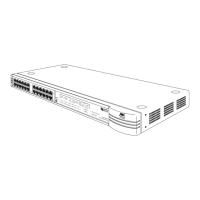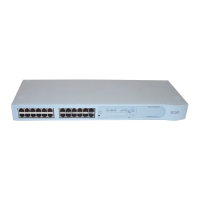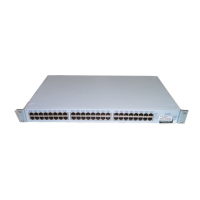Logging in as a Default User 39
World Wide Web site:
http://www.internic.net
Subnets and Using a
Subnet Mask
You can divide your IP network into sub-networks or subnets. Support for
subnets is important because the number of bits assigned to the device
part of an IP address limits the number of devices that may be addressed
on any given network. For example, a Class C address is restricted to 254
devices.
If you have a small network (less than 254 devices), you may decide not
to have subnets.
A subnet mask is used to divide the device part of the IP address into two
further parts:
■
The first part identifies the subnet number.
■
The second part identifies the device on that subnet.
The bits of the subnet mask are set to 1 if the device is to treat the
corresponding bit in the IP address as part of the original network
number or as part of the subnet number. These bits in the mask are set to
0 if the device is to treat the bit as part of the device number.
If you are unsure about what mask to use, we suggest that you use a
general mask, 255.255.0.0, which corresponds to the example address
used in the previous sections.
Logging in as a
Default User
If you manage a Switch using the web interface or the command line
interface, you need to log on with a valid user name and password. The
Switch has four default user names, and each user name has a different
password and level of access. These default user names are listed in
Table 5
.
Tab le 5
Default Users
User
Name
Default
Password Access Level
monitor monitor monitor — the user can view, but not change all
manageable parameters
manager manager manager — the user can access and change the operational
parameters but not special/security features
